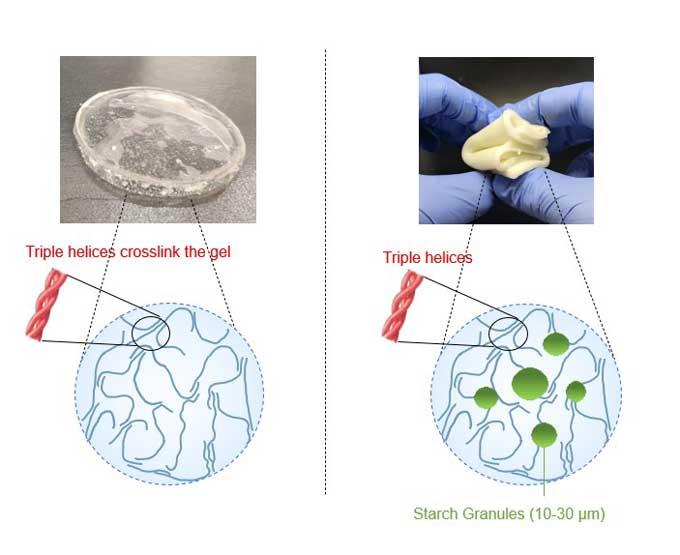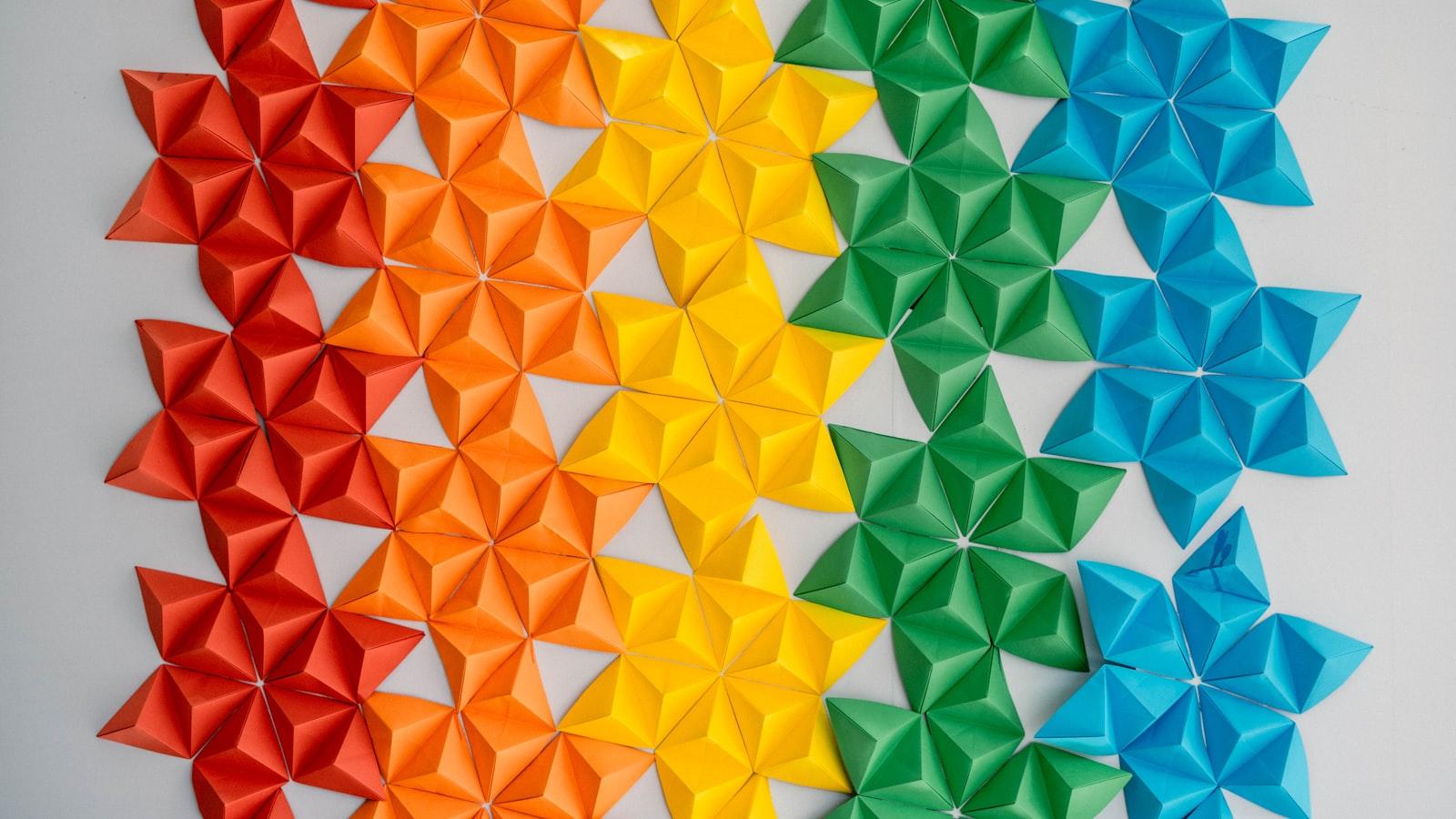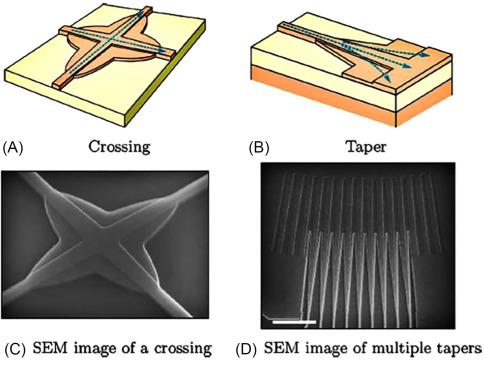In the fascinating world of nanotechnology, a new and innovative material has emerged: kirigami hydrogels. These remarkable structures are making waves in the scientific community for their unique properties and potential applications. By harnessing the power of nanocellulose film, researchers have unlocked a world of possibilities with these dynamic kirigami hydrogels. Join us as we delve into the world of kirigami hydrogels and explore their exciting rise from humble beginnings to cutting-edge material science.
Advancements in Hydrogel Technology
Researchers have made a groundbreaking discovery in hydrogel technology with the development of kirigami hydrogels formed from nanocellulose film. These innovative hydrogels combine the flexibility and strength of traditional hydrogels with the unique properties of nanocellulose, opening up a new realm of possibilities for applications in various fields.
The kirigami hydrogels feature intricate patterns that allow them to stretch, contract, and bend in ways that were previously thought impossible. This design flexibility makes them ideal for use in biomedical devices, soft robotics, and environmental sensors. With their enhanced mechanical properties and biocompatibility, kirigami hydrogels are poised to revolutionize the way we approach challenges in healthcare, technology, and sustainability.
Innovative Application of Nanocellulose Film
Kirigami hydrogels are the latest innovation stemming from the application of nanocellulose film. These unique hydrogels, inspired by the Japanese art of kirigami (a variation of origami that includes cutting of the paper), are flexible and stretchable thanks to the properties of nanocellulose. This breakthrough in material science has potential applications in various fields, from biomedical engineering to flexible electronics.
The nanocellulose film used in the production of kirigami hydrogels is not only sustainable but also biocompatible, making it ideal for medical implants or drug delivery systems. The intricate patterns created by the kirigami cutting technique allow for controlled expansion and contraction of the hydrogels, opening up possibilities for mimicking natural movements in soft robotics or creating smart textiles that adapt to the wearer’s body. The future is bright for this innovative use of nanocellulose film in creating functional and adaptable materials.

Benefits of Kirigami Hydrogels
Kirigami hydrogels are revolutionizing the field of biomaterials with their unique properties and versatile applications. These hydrogels are derived from nanocellulose film, making them biocompatible and environmentally friendly. One of the main is their ability to undergo large, reversible deformations, making them ideal for use in soft robotics and tissue engineering.
The intricate patterns of cuts and folds in kirigami hydrogels allow for precise control over their mechanical properties, such as stiffness and stretchability. This customizable nature makes them suitable for a wide range of applications, from drug delivery systems to wound dressings. Additionally, kirigami hydrogels have high water content, promoting cell adhesion and proliferation, making them ideal scaffolds for tissue regeneration. Overall, kirigami hydrogels offer a promising future in the development of advanced biomaterials.

Future Prospects for Nanocellulose-Based Materials
Researchers have recently discovered a groundbreaking application of nanocellulose-based materials in the creation of kirigami hydrogels. By combining the flexibility and strength of nanocellulose film with the intricate cutting and folding techniques of kirigami, scientists have been able to develop hydrogels that can expand and contract in response to external stimuli. This innovative approach opens up a myriad of possibilities for the development of smart materials with a wide range of applications.
One of the key advantages of kirigami hydrogels made from nanocellulose is their ability to mimic the complex movements of biological tissues. This could revolutionize fields such as tissue engineering and regenerative medicine, where the development of biomimetic materials is crucial for successful outcomes. Additionally, the environmentally friendly nature of nanocellulose makes these kirigami hydrogels a sustainable alternative to traditional synthetic materials. With further research and development, the future looks bright for the use of nanocellulose-based materials in the creation of innovative and sustainable products.
Future Outlook
In conclusion, the innovative world of kirigami hydrogels showcases the limitless possibilities of nanocellulose film. From intricate designs to advanced functionalities, these materials have the potential to revolutionize various industries. As researchers continue to explore and experiment with this emerging technology, exciting advancements and applications are sure to follow. Stay tuned as we witness the unfolding of this fascinating journey into the realms of kirigami hydrogels.





